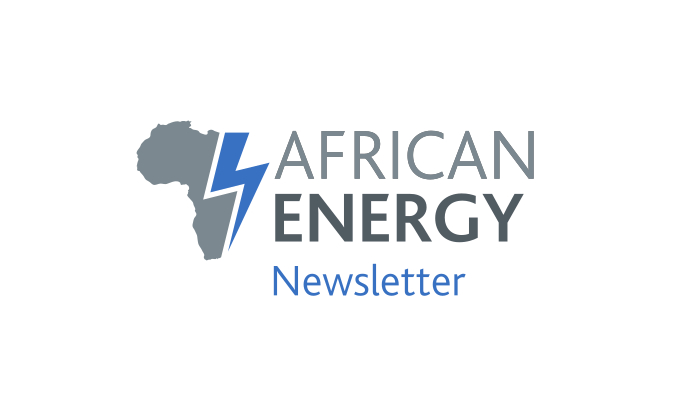Local content provision has long been a hot topic in the oil and gas industry, but many delegates at the 3-4 October Africa Investment Exchange: Nairobi event were surprised at how far the issue could generate controversy and block support for electricity projects. Several African delegates spoke of building local content into projects to drive industrialisation that, in turn, will improve living standards and stimulate demand for power. But one major funder insisted their institution could not support projects that created “market distortions” contravening the European Union’s standard procurement procedures. “At its most egregious, local content is a means of enrichment for local elites,” another financier told the event, organised by CbI Meetings.
For local content to make economic sense, investors must have a clearly defined client base. In Morocco, which has sought to build an ‘ecosystem’ around its ambitious renewables programme, the Siemens Gamesa Renewable Energy wind turbine plant in Tangier Automotive City has completed its first export order, sending turbine blades to the Laxaas wind farm in Sweden from the TangerMed container port in mid-September. The plant opened in late 2017 – a first such facility for Africa – and has also supplied blades to the Aftissat wind farm at Boujdour, also transported by sea from TangerMed. The investment in northern Morocco cost over E100m ($114m), which was only possible in a country with a major procurement programme underpinned by large-scale financing (AE 360/6) and export infrastructure such as TangerMed. Big-ticket exports to Sweden from a previously marginalised region is the sort of news all African governments would love; but few countries offer the conditions to support such substantial investments.
